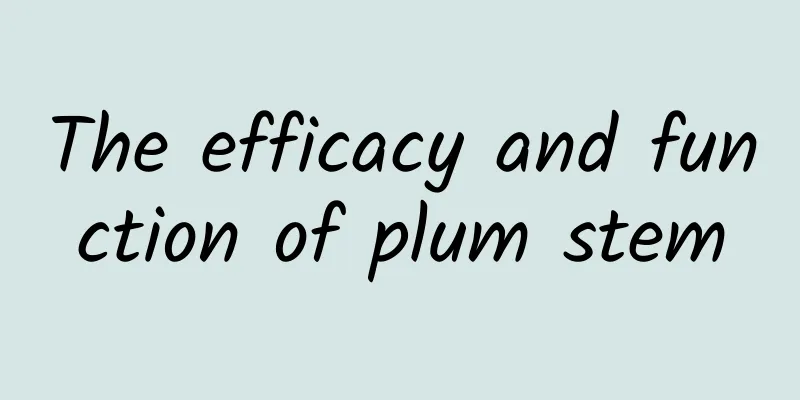Do you get goosebumps when you see "goosebumps"? It's not redundant at all...

|
Not only can he stand up to warm you in the cold, but he can also protect you in times of danger. Most importantly, when you are troubled by baldness in the middle of the night, he will still be by your side and whisper "I will help you". Where can you find such a friend? Fat Ke is willing to be a vegetarian for ten years in exchange for such a close friend! In fact, there is no need to make such a vow, because this "close friend" exists in each of us, that is goose bumps ! Everyone must be familiar with goose bumps. When the body feels cold, they will come out in full force. The tiny muscle tissue at the root of each hair in the body will combine together to grow small bumps on the epidermis. This is the "best friend" you want! But why do goose bumps only appear when it's cold? Heat: It's the wrong answer after all! This is because goose bumps are used to keep warm . Everyone must have noticed in life that when goose bumps appear, the hairs will stand up, and the space between the hairs acts as a barrier layer, which can also be regarded as a "windbreak", which can better limit the circulation of air on the surface of the skin and keep the body warm. This reaction is also vividly called the "piloerection reflex". In addition to keeping warm, goose bumps also have a visual function. In daily life, the bigger the body, the more imposing it is. "Goose bumps" perfectly capture this essence. When encountering an intruder, the whole body will sound an alarm and activate the "piloerection reflex", which has a deterrent effect on the other party. This is now more common in animals such as cats and dogs. Of course, humans also have it. Otherwise, how did the term "pile erection" come from? Of course, the above two points are relatively common. Goose bumps have more functions than just these. After all, they have survived through the long history of evolution and survived to this day. Now comes the most important point - goose bumps actually promote hair growth ! Harvard researchers first analyzed the regulatory effects of sympathetic nerves on hair follicle stem cells. The experiment showed that norepinephrine secreted by sympathetic nerves directly affects the activity of hair follicle stem cells. Without norepinephrine, hair follicle stem cells are more likely to enter a dormant state. In subsequent experiments, the researchers found that the skin can not only regulate stem cells in a steady state, but also regulate the behavior of stem cells according to changes in external temperature. Under prolonged cold conditions, stem cells are rapidly activated, the activity of sympathetic nerves is enhanced, and while inducing the classic piloerection reflex (goose bumps), more norepinephrine is secreted, directly affecting the activity of hair follicle stem cells. Although this study has not yet been tested on humans, with continued exploration by researchers in the future, we have reason to believe in its feasibility and reliability. Let us wait and see! Seeing this, the word "ordinary" is far from enough to describe goose bumps. After all, the hopes of thousands of bald aliens rest on it. Creative team: China Science and Technology Museum New Media Team Review expert: Zhang Yuhong, deputy chief physician of the Department of Dermatology, Zhengzhou Central Hospital Affiliated to Zhengzhou University This article comes from: China Digital Science and Technology Museum |
>>: The most advanced hydrological monitoring "black technology" is all here!
Recommend
The efficacy and function of pomfret
Pomfret is a very common Chinese medicine and als...
Erythromycin eye ointment
Drugs are commonly used in life. There are many t...
The efficacy and function of black lotus
I don’t know if you have seen Eclipta prostrata i...
So so so so so so so so beautiful!
October 19th, local time NASA announced The James...
It’s been seven years. Do you still remember the “rabbit” that lived on the moon?
"Hi! Good night this time!" Seven years...
What are the effects of Poria powder?
Poria powder generally refers to medicinal Poria ...
Don't eat! Don't eat! Don't eat!
Sugarcane is a sweet and juicy fruit Always popul...
The efficacy and function of carp skin
Although Western medicine and Western drugs are m...
Is winter rubescens tea effective in treating chronic pharyngitis?
Rabdosia rubescens tea is a purely natural plant ...
The efficacy and function of Tiger Ear Root
Tiger Ear Root is a kind of Chinese medicinal mat...
Why do seats in public places have so many holes? Many people think wrongly
Source: Minitory This article has been authorized...
The efficacy and function of lotus clothing
Lotus skin has attracted our attention in our liv...
Leading the world! The JF-22 super-high-speed wind tunnel, a national heavy weapon, passed the acceptance inspection. Let’s read the expert’s interpretation!
Not long ago Construction in Beijing Huairou Scie...
Penguins may be the first bird you know.
Penguins may be the first bird you know, in carto...









